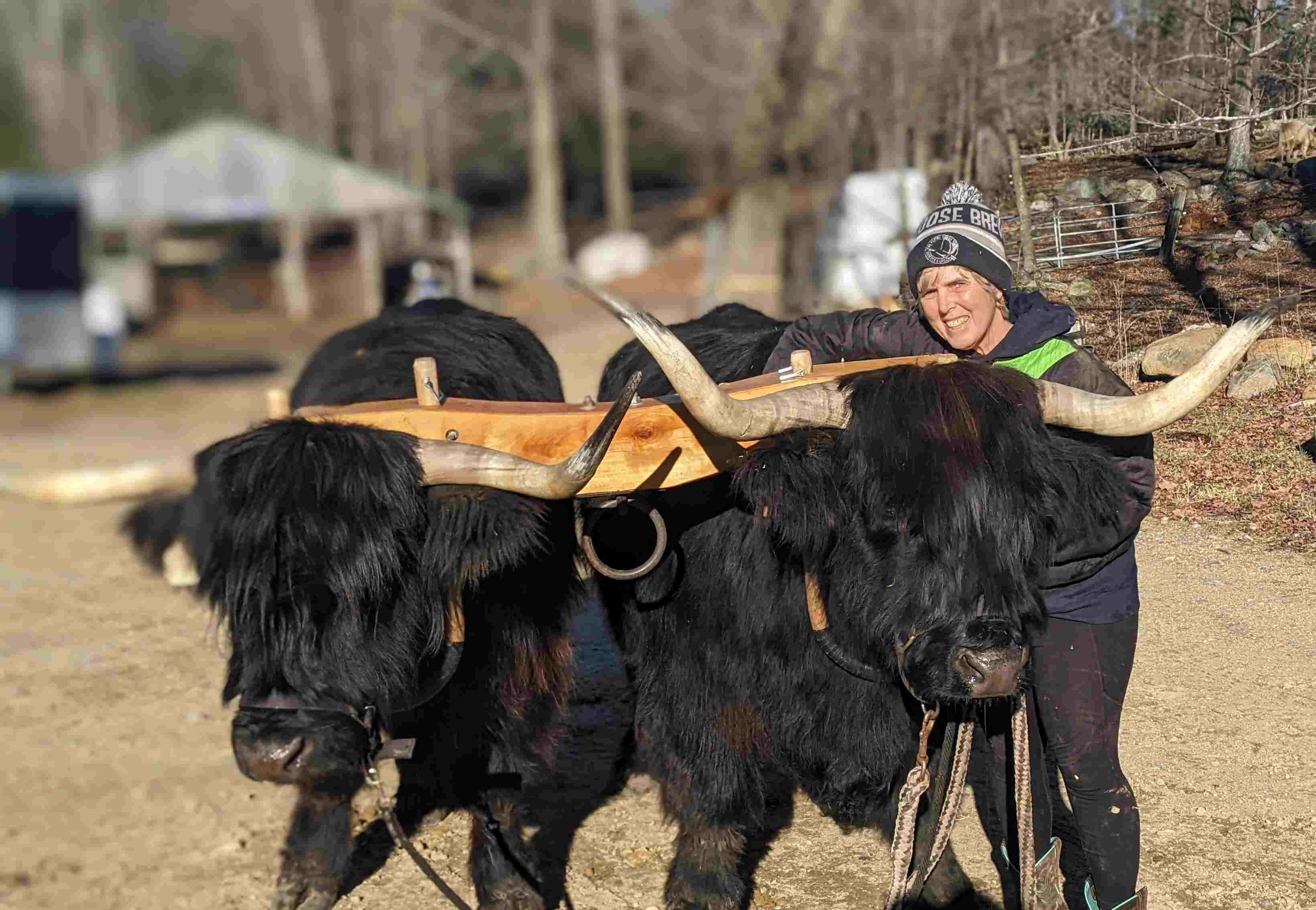How is a Sea Turtle like a Cow?
posted on
May 29, 2023
This Loggerhead turtle looks just like, Mac, and his partner, Cheese, who were delivered to the Turtle Hospital on Marathon Key, Florida, as hatchlings in 2021. Two-inch hatchlings can grow to 350 pounds. Turtle hatchlings sometimes wash shore from storms or are attracted to land by artificial lighting. Other turtles end up at the hospital when they eat trash and plastic.

On a recent Florida vacation, my husband Bruce and I visited the Turtle Hospital on Marathon Key. “Turtle ambulances” (vans with custom-made boxes) transport sick and injured sea turtles to the center, where they receive state-of-the-art medical care. The rescue and rehab center was once a motel that was ravaged by one too many hurricanes. Now the former bedrooms serve as offices, and the massive swimming pool has been converted into a salt-water turtle playground.
Our tour guide, Christie Walt, introduced us to Picky Blinders and Li’l Fat Briana in “intensive care.” The hospital deals with Green, Loggerhead, Leatherback, Hawksbill, and Kemp’s Ridley sea turtles. Like my cows, each turtle has a name, including Mac, Cheese, Popcorn, and Kruger, which their rescuers named.
Turtles get sick when they mistake floating plastic bits for something edible. This non-food weakens a turtle’s immune system, allowing tumors to grow that can eventually kill it. When a sick turtle is rescued, tumors are surgically removed, and maggots are applied to help clean the wound. These creepy, crawly larvae can be calf killers, but I was heartened to hear about their practical side.
Kruger and most of the turtles recover and are eventually released, but some, like Montel, who lost a flipper in a boating accident, will live out their lives at the Rescue Center.
The Sulking Turtle
Turtles, just like my cattle, have personalities. Li’l Fat Briana likes to bite handlers and other turtles but will sulk and stop eating when isolated in her own tank. I once had a cow like that. She was anti-social with the herd but didn’t like being apart.
My cows love a good back rub, and so do turtles. The turtle shell is like a bone with nerve endings; turtles can feel when a human touches them. The hospital provides underwater scratching stations built with plastic pipes where the turtles scratch their shells to remove barnacles and algae that interfere with swimming. All turtles scratch, and some even prefer human back rubs. As my steer Curious Bleu zones out with a good brushing, turtles do too.
I also learned that turtles graze upon undersea grass and lichen; imagine that—sea mowers. The hospital feeds lettuce to its patients, but the turtles got kale during a recent lettuce shortage. It turns out that turtles don’t like kale. Who can blame them?
Hungry Turtles
Like hungry cows walking along the fence waiting for alfalfa cubes, a bunch of turtles shadowed our group as we walked around their vast swimming pool. Our guide gave us vegetable pellets to throw to the begging turtles, who snatched the tidbits just like a hungry cow would.
I found a place in my heart for these winsome swimming vertebrates with distinct personalities. Having seen the damage of human plastic waste, we came away determined to use less of it and hope that someday corporations will replace plastic with turtle-friendly materials.



